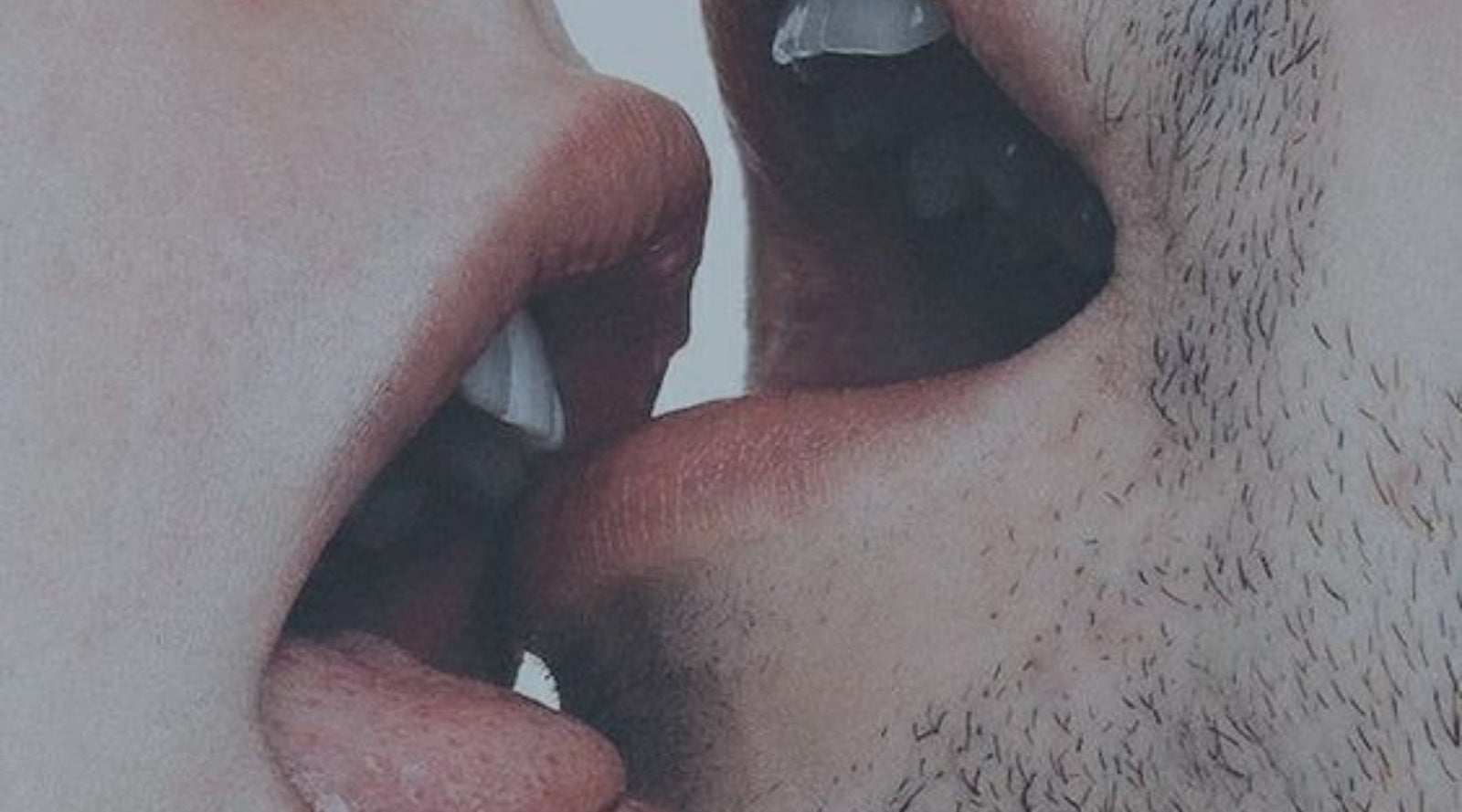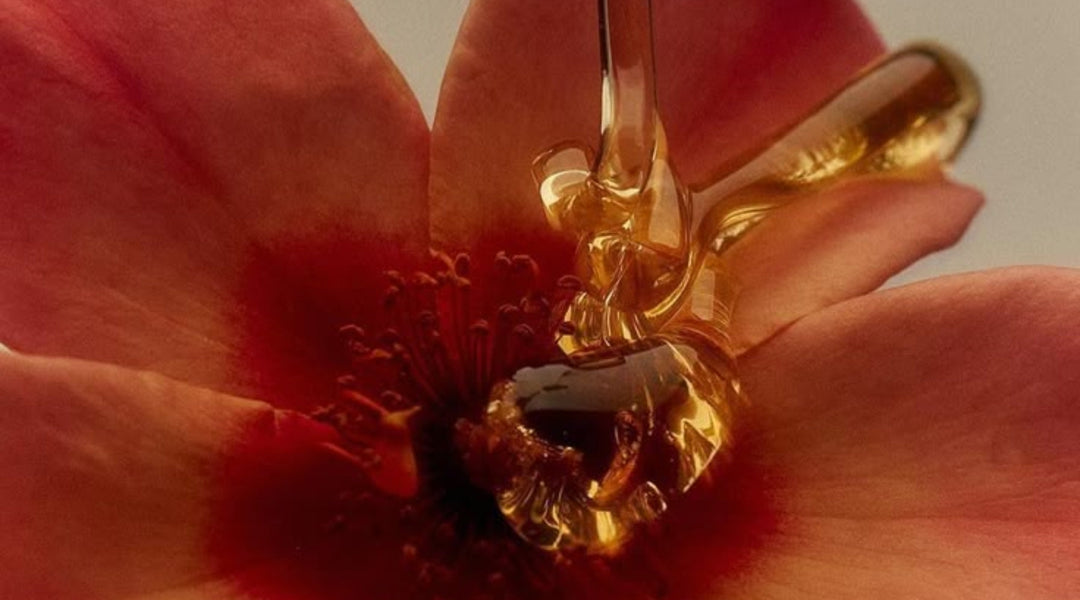Chlamydia: What You Need to Know About This Silent STI

When it comes to sexual health, Chlamydia is like that sneaky friend who always shows up uninvited. This stealthy STI often flies under the radar, making it hard to know if it’s crashed the party in your body. You might wonder, "How would I even know if I have it?" Well, the tricky part is, Chlamydia is a master of disguise and rarely shows noticeable symptoms. But don’t be fooled by its subtlety! In this blog, we’re here to demystify Chlamydia—what it is, how it spreads, and what to do if you’ve accidentally sent it an RSVP.
What Is Chlamydia?
Chlamydia is a super common STI caused by the bacteria Chlamydia trachomatis, and it’s the kind of guest that overstays its welcome. With around 129 million people affected globally, it’s often dubbed the "silent disease." Why? Because more than 50% of infected men and a whopping 70% of infected women don’t show any symptoms and are blissfully unaware they’re playing host to this unwelcome visitor.
How Do You Get Chlamydia?
Chlamydia loves to spread through unprotected sex—whether it’s vaginal, oral, or anal—with someone already infected. On rare occasions, a newborn might contract Chlamydia from their mum during childbirth. After unprotected sex, the safest move is to get an STI test. Remember, Chlamydia doesn’t travel through toilets, pools, or casual contact, so no need to worry about that.
What Are the Signs of Chlamydia?
Chlamydia is a bit of a shapeshifter, often going undetected, especially in its early stages. Only about 30% of women will experience symptoms early on. If you do notice anything, it might look like this:
- A change in vaginal discharge
- Bleeding between periods or after sex
- A burning sensation when you pee
- Pain during sex
- Cramps or pain in the lower stomach
But here’s the kicker: most people won’t notice a thing, which is why STI tests are your best friend.
So Will My Discharge Tell Me If I Have Chlamydia?
It’s possible that Chlamydia might cause some changes in your discharge, but it’s not a guarantee. Discharge could turn yellowish, get thicker or more watery, or start smelling a bit funky. But let’s be real—these changes could be caused by other things too, so a quick trip to the GP is key for getting the full story.
What Are the Best and Worst Case Scenarios?
Best Case Scenario:
You catch Chlamydia early through regular STI checks, and a round of antibiotics kicks it out of your system fast. Symptoms, if you have any, clear up, and you’re good as new. Early diagnosis also means you’re less likely to pass it on to anyone else.
Worst Case Scenario:
If left untreated, Chlamydia can stir up some serious drama, like pelvic inflammatory disease (PID), which can lead to chronic pelvic pain, damage to the fallopian tubes, and infertility. PID can develop within weeks or months of an untreated infection, but it’s not a given. Some people might live with Chlamydia for years without any major issues, but why take the risk?
How Do I Get Rid of Chlamydia?
Good news—Chlamydia is one of those things you can totally get rid of! Here’s the plan:
- Visit your GP for a urine or swab test to confirm the diagnosis.
- If you’re positive, antibiotics will be your new best friend.
- Take the full course of antibiotics, even if you feel better before finishing.
- Hold off on sexual activity during treatment and for at least seven days after finishing the meds.
- Let your recent sexual partners know so they can get tested and treated too.
Remember, safe sex is always in style, so keep those lines of communication open with your partner about sexual health.




